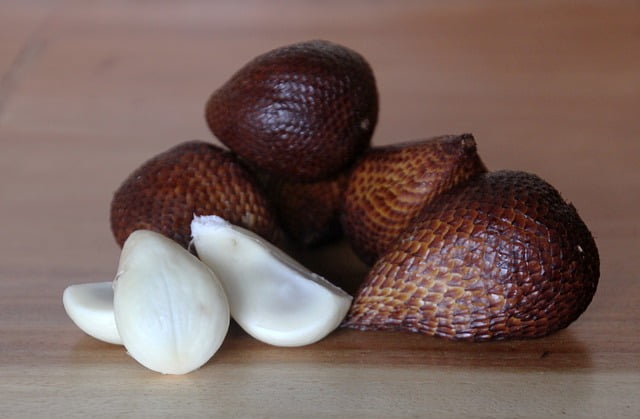Salak is a fruit native to Indonesia and now grown in multiple countries in Southeast Asia. Another name for it is Snake fruit, this is because of the skin the fruit has. If you are new to this fruit it can be getting used to a new taste, just don’t give up too fast. While its red, scaly skin might remind you of a snake, inside it’s all sweet and tangy goodness. This fruit isn’t just tasty; it’s also packed with nutrients. It contains potassium, iron, calcium, phosphorus, dietary fiber, tannin, Vitamin C, Vitamin B and small amounts of fat and protein.
For those unfamiliar, the initial taste may be a surprise, but don’t be quick to judge. With its large amount of health benefits, this fruit is worth the exploration. Here’s a deep dive into what 100 grams of Salak brings to the table.
- Energy 1,539 kJ (368kcal)
- Fat 0.4 gr (3.6 kcal)
- Protein 0.8 gr
- Dietary Fiber 0.3 gr
- Vitamin C 8.4 mg
- Vitamin B2 0.8mg
- Calcium 38 mg
- Phosphorus 18mg
7 Benefits of eating Snake fruit
Eating (fresh) fruit is healthy. Snake fruit, in particular, has its benefits because of its vitamins, antioxidants, fibers, tannin, beta-carotene, pectin, potassium and I wonder if I forgot some of the contents. But let’s go over the list.
Losing weight
Losing weight is easier when you include Salak in your diet. This is because of the dietary fiber which gives the feeling that you had enough food quicker.
Energy Boosts
Snake fruit helps speed up your metabolism and gives you more energy. The fruit’s carbs keep your energy steady all day.
Healthy for the brains
Like some food, this is also great for brains. This is because of the beta-carotene. It improves delivering blood flow and thus oxygen to the brains for better performance. However, just eating this fruit is not enough to become smarter as some might say. You would need to do more than just eating.
healthy for eyes
Beta-carotene is responsible for the healthy eye(sight). Like some carrots, pumpkin also salak contributes to the health of your eyes.
Lowering blood pressure
Potassium helps lowering blood pressure, putting less stress on your heart and blood vessels.
Bali Belly / Diarrhea
Having loose watery stool and frequent visits to the toilet is a bummer. Especially on a vacation in Asia. Eating some salak can help with returning to normal stool.
Beauty Benefits
Snake fruit isn’t just good for your health; it has its beauty perks too. With a rich dose of Vitamin C and flavonoids, it’s said to give your skin that sought-after glow. Ever noticed some skincare products boasting about these ingredients? That’s because they help in brightening the skin, making you look radiant.
Downsides of Salak
You can’t eat a lot or you will become constipated. It has great benefits as a tasty and healthy snack. But moderate the intake to prevent constipation.
when is the season for snake fruit in Indonesia
In Indonesia, the snake fruit (salak) typically has two main harvest seasons: the first from January to March and the second from June to August. However, the exact timing can vary depending on the specific region within Indonesia and the variety of salak being grown. Some varieties might even produce fruit throughout the year. If you’re planning to buy or consume them at their peak freshness, it’s a good idea to source them during these months.
My experience eating Salak Pondoh

I bought some Salak Pondoh. It has been a while since I last enjoyed the fruit. I did not bother doing any research on its benefits and it’s downside back then. For me, it was just fruit. Lately, when paying more attention to healthy snacks I looked into the benefits of this fruit. I was amazed that Salak had many benefits, some even would mention it’s anti-carcinogenic.
I did not want to become constipated so I only took 7 pieces of snake fruit. Peeling it off was easy. I just pinched the top a bit and started peeling.
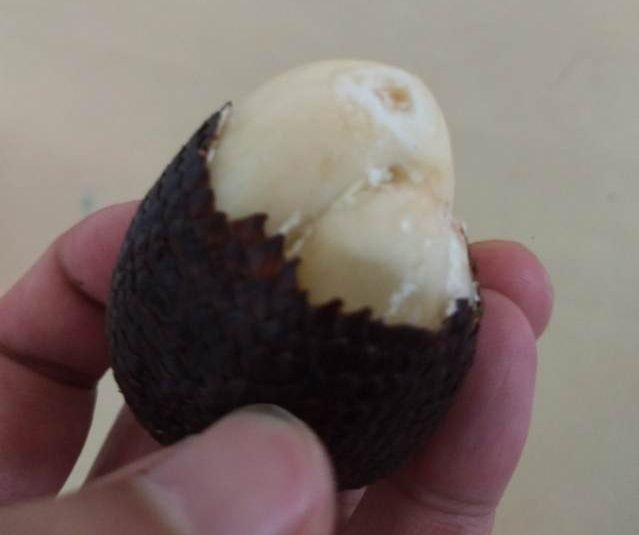
After peeling everything this came out of one piece. It looks like garlic clove, the texture was a bit dry, not very moist. 1 Big piece and 2 smaller ones.
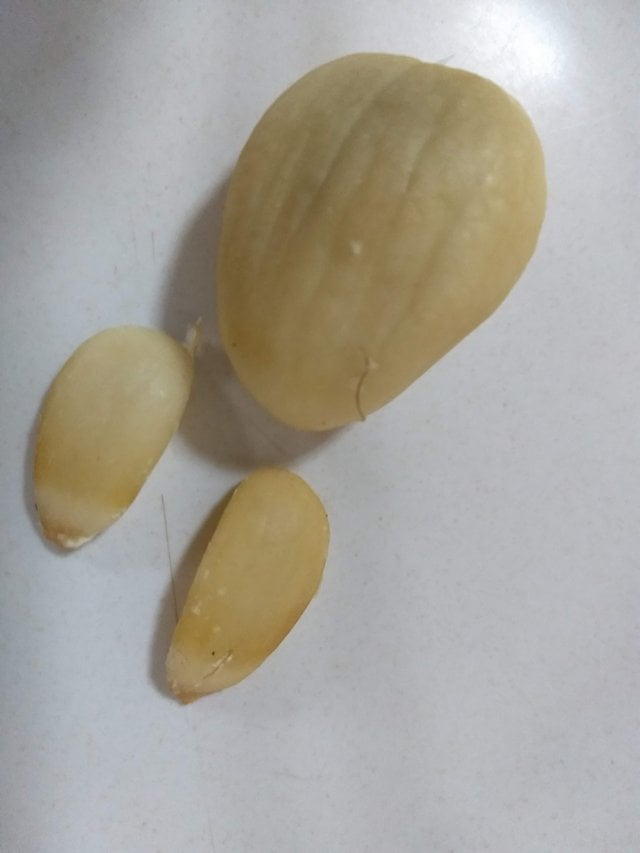
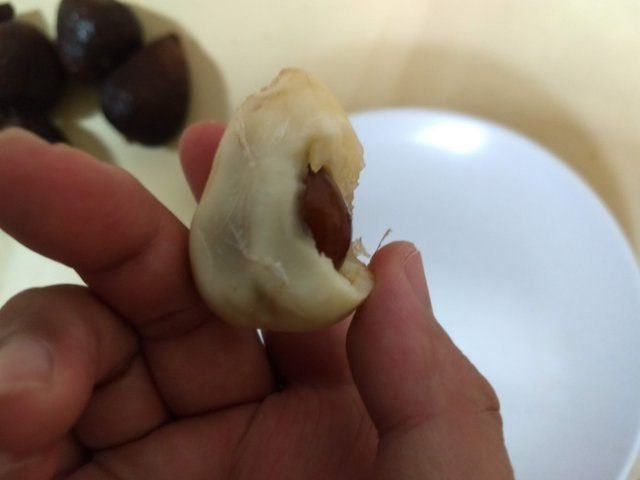
what does snake fruit taste like?
Snake fruit, or salak, has a unique flavor that can be a delightful surprise for first-time tasters. The texture of its flesh is somewhat reminiscent of apples in terms of its crispness. Flavor-wise, snake fruit offers a combination of sweet and sour, often described as a blend between strawberries, pineapples, and apples, with a hint of acidity.
Some varieties are sweeter, while others lean more toward the tangy side. The fruit also has a slight sourness, thanks to the tannins present, which can leave a dry feeling in the mouth, similar to what one might experience after eating unripe bananas.
After sinking my teeth into the first I peeled and ate them all within several minutes. The smaller ones did not contain the seed.

Seven pieces went fine, no constipation and it feels great to add this in my diet. If you have access to Salak I would recommend trying it. If you like it add it to your grocery list and enjoy a healthy tasty snack.
Where to buy snake fruit?
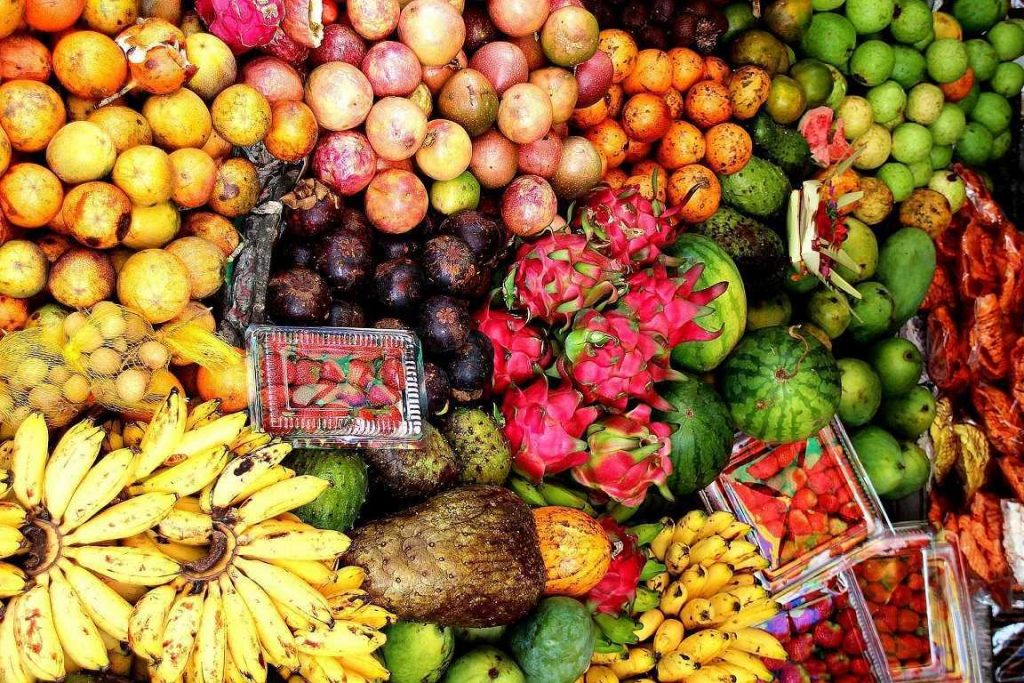
Snake Fruit is mostly available at any fruit vendor. In Indonesia in populated areas where there is market activity or people selling alongside the road there is a good chance you can buy it there. If not you can always go to the supermarkets like Coco mart, Bintang Supermarket, Cahaya or Tiara are a few amongst many.
Can dogs eat snake fruit?
Dogs sometimes enjoy fruits, but not all fruits are safe for them. Snake fruit, known as salak, can be tricky. Even for us, eating too much can lead to obstipation. If it’s hard on our stomachs if we eat too much, it might be even tougher for dogs.
I’ve noticed my Bali dogs don’t even touch the fruit. Given the potential for digestive upset, it’s best to play it safe. If you’re thinking of giving any new fruit to your dog, always chat with your vet first. They’ll know what’s best for your pet.
Hi I am Dwi. I am a blogger, travel agent and a mom of a lovely daughter and wife to a supportive husband. I customize and plan tours in Bali and islands nearby for a living and have been doing this for more than 14 years. Get in touch via contact [at] taletravels.com
